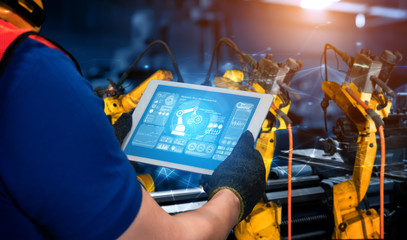Many shops reach a breaking point – not because the work got harder, but because time got tighter and there’s no margin left for guessing. That’s when automation quietly moves from being a “future upgrade” to a real necessity.
It usually starts small. A shop gets busy – a rush order, a repeat job, or a new material. Someone realizes half the morning disappears digging up old setup sheets or rebuilding tool libraries. Another job is delayed because one insert was missing. One day, the math stops adding up. A few hours of downtime here, some scrap parts there – suddenly, the cost of not improving outweighs the time to fix it.
That’s when automation tools step in.
Once a shop begins standardizing and automating, changes come fast, and they’re measurable. MachiningCloud brings those standards to life by keeping every setup, tool list, and process connected and accessible from one place.
- Time: Repeating a setup takes minutes, not hours, because everything from tool lists to feeds and speeds is already organized and verified.
- Money: Fewer errors mean fewer scrapped parts, less wasted tooling, and less downtime.
- Energy: Operators stop firefighting and focus on machining.
- Confidence: Every job runs on proven data with predictability, not pressure.
The biggest gain isn’t just efficiency – it’s certainty. MachiningCloud keeps the focus where it belongs: cutting metal, not chasing data.
From Reaction to Control
When processes are manual, every problem feels personal. If a job goes wrong, it’s someone’s fault. When automation is in place, the system carries responsibility, and that changes everything.
Mistakes get caught earlier because data flows faster. Setups become repeatable. Tool paths are validated before the spindle ever turns. The shop moves from reacting to controlling – and that builds confidence.
Automation isn’t about removing people from the process. It’s about removing the guesswork that wears them down. MachiningCloud gives shops control by turning disconnected information into a reliable, centralized process anyone can follow.
Across modern shops, automation isn’t an upgrade anymore – it’s how machining gets done with consistency. It’s how teams hit deadlines, keep quality tight, and stay competitive without burning out their people. Change always starts with one job, one tool list, one process. But once a shop sees that the first run goes smoother, it’s hard to go back.




